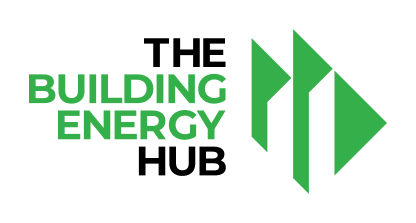Decarbonization Planning Guide
Implement Decarbonization Plan
Establish Verification Plan
How to create a plan to verify your investment is going to work as intended.
Creating a verification plan is an important step in monitoring progress and achieving continuous improvement in your building investments. This section will discuss how to substantiate outcomes based on goals set in the previous steps.
By the time of implementation, you have invested your time and resources into creating a decarbonization plan. And, like any investment, you should have a way of evaluating the outcomes of your efforts. Did you achieve the decarbonization goals outlined in your plan? If not, can the project be rectified? The way you can ensure a project is successful is by having a measurement and verification plan which holds team members accountable for success.
What is a measurement and verification (M&V) plan?
A measurement and verification plan, or M&V plan, is a plan that outlines how performance will be measured, verified, and ultimately evaluated throughout and after a project. It should be developed preferably as early as the RFP or RFQ so that all stakeholders understand how the project will be evaluated. By establishing metrics and expected outcomes at the start of the project, everyone in the design and construction team will have a clear understanding of the definitions of success.
The M&V plan alleviates risk and uncertainty of emissions and savings goals by clearly stating objectives, the baseline conditions, who will verify the project, how long measurements will be taken, and the expected performance criteria.
A successfully implemented M&V plan will identify potential deficiencies in the project, how to rectify them, document lessons learned for future projects and ultimately show how decarbonization goals were met.
Who conducts the verification?
It is best to have a commissioning (Cx) agent or other third-party verifier conduct the M&V plan so you can rest assured there are no conflicts of interest. A third-party verifier, or Cx agent, is paid separately from the design and construction teams so their measurements are accountable directly to the owner. While typical commissioning usually just checks how well a new systems controls match the designer’s specifications, a decarbonization M&V plan will include measurements for greenhouse gas emissions reductions and costs over time.
What should be measured and verified?
Your M&V plan should include project-wide objectives and details for energy and emission measurement. Above all, it should include metrics that you are tracking with your decarbonization plan, particularly greenhouse gas emissions and energy cost outcomes decarbonization plan. See Energy and GHG emissions benchmarking for more details on these metrics.
The M&V plan for your specific project then measures how your project reduces your carbon emissions and if it meets other decarbonization goals. According to the Federal Energy Management Program (FEMP), there are four options for M&V methodologies to be reviewed with your consultant:
Option A: Retrofit Isolation Approach
Option B: Retrofit Isolation or System-Level Approach
Option C: Whole-Building Verification
Option D: Whole-Building or Component-Level Verification.
These options help identify the level of accuracy, complexity, and cost in measuring and verifying your building. Refer to the link for FEMP guidance on picking an option or combination of options that suits your building.
Quantifiable metrics should be used to verify system and building performance whenever possible. Additional submeters may be used to track energy over time depending on recommendations from your M&V consultant. These metrics should also be given to the design and construction team so they know their targets at the start of the project. Below are some examples of quantifiable metrics to ask for in your report.
- Annual emissions, kWh, and cost savings directly measured at air handling unit AHU-1 compared to emissions, kWh and cost of AHU-1 measured in the nine months before installation.
- Whole building blower door testing measuring 0.6 ACH or less at 50 Pascals test pressure.
- Verify that proposed PV system has been implemented and is operating as intended. Instantaneous array performance to be compared against designed system output through measurement of solar insolation, module temperature and inverter output. Post installation savings is determined from the same baseline calculation modified for the as-built condition of the PV system.
Building Certifications and M&V
Another option is to use building certifications that require M&V plans instead of building a custom plan for your project. These certifications have been vetted by experts in the design and construction industry, include requirements or guidance for an M&V plan, and the certifications can be used to publicize your commitment to decarbonization. There are also professionals trained as certification raters or verifiers experienced with meeting certification requirements. Some example certifications that have energy and emissions related M&V planning include:
Multifamily Building Certifications
- DOE ENERGY STAR Multifamily New Construction Certification
- Enterprise Green Communities
- Passive House Institute US (Phius)
Commercial Building Certifications
LEED Rating Systems, ensuring that you meet required pre-requisites for commissioning and verification, minimum energy performance, and building-level energy metering, and additional credits like enhanced commissioning and advanced energy metering.
Living Building Challenge, Energy Petal or Zero Carbon certification.


